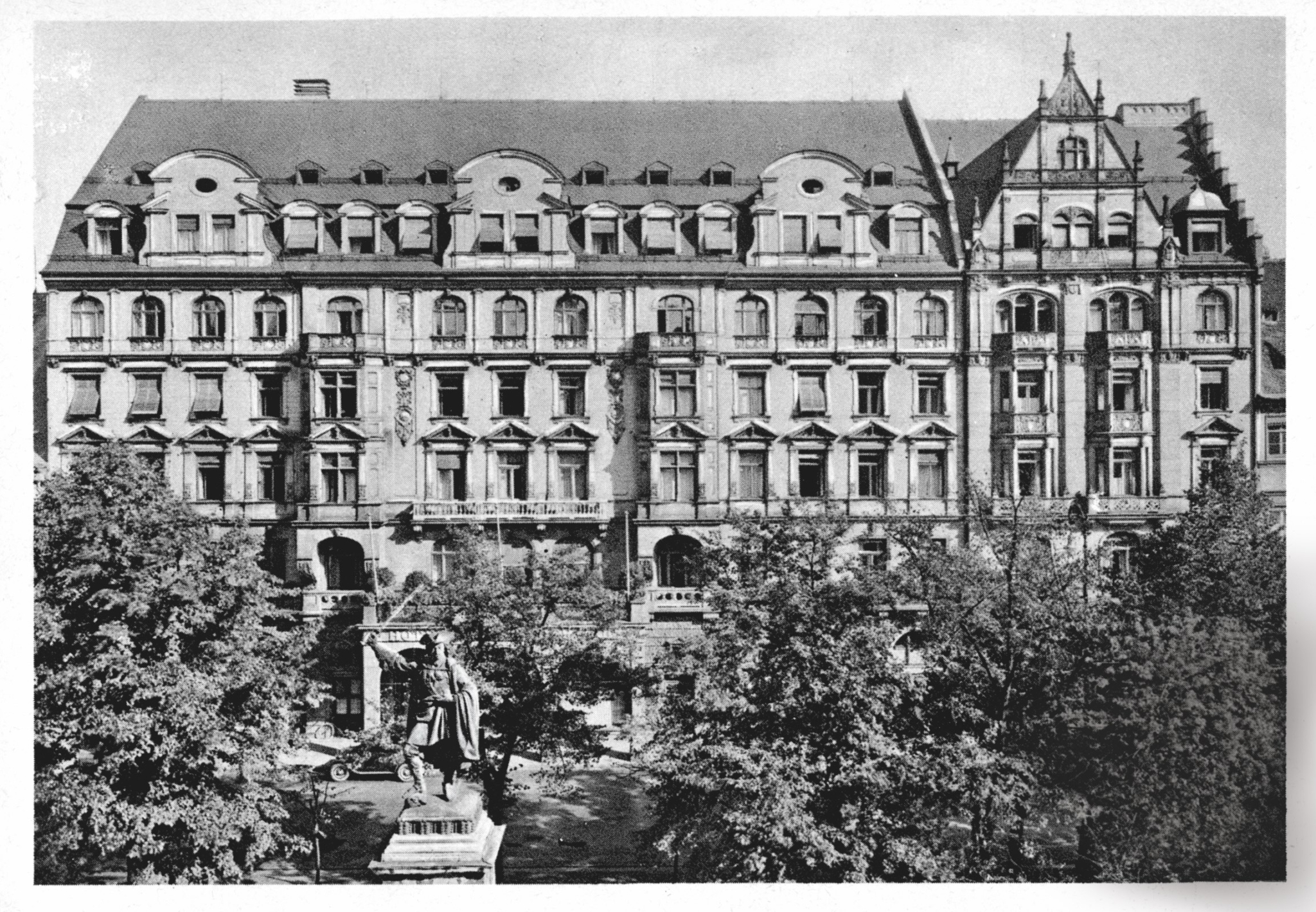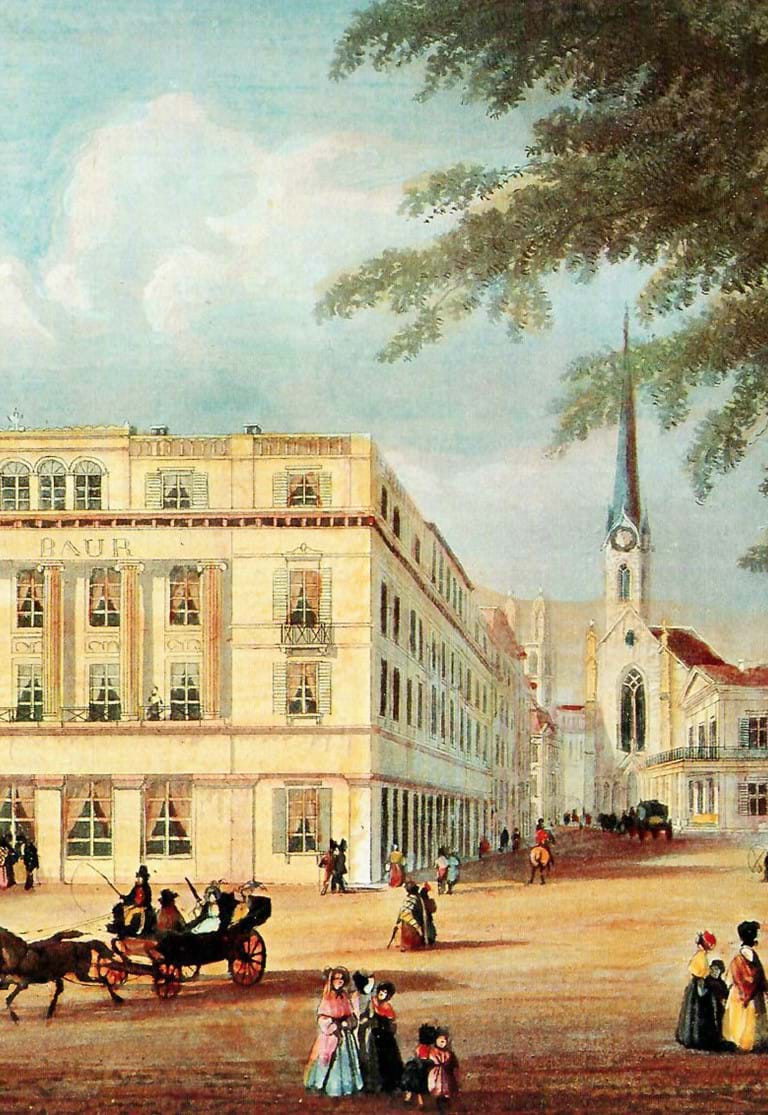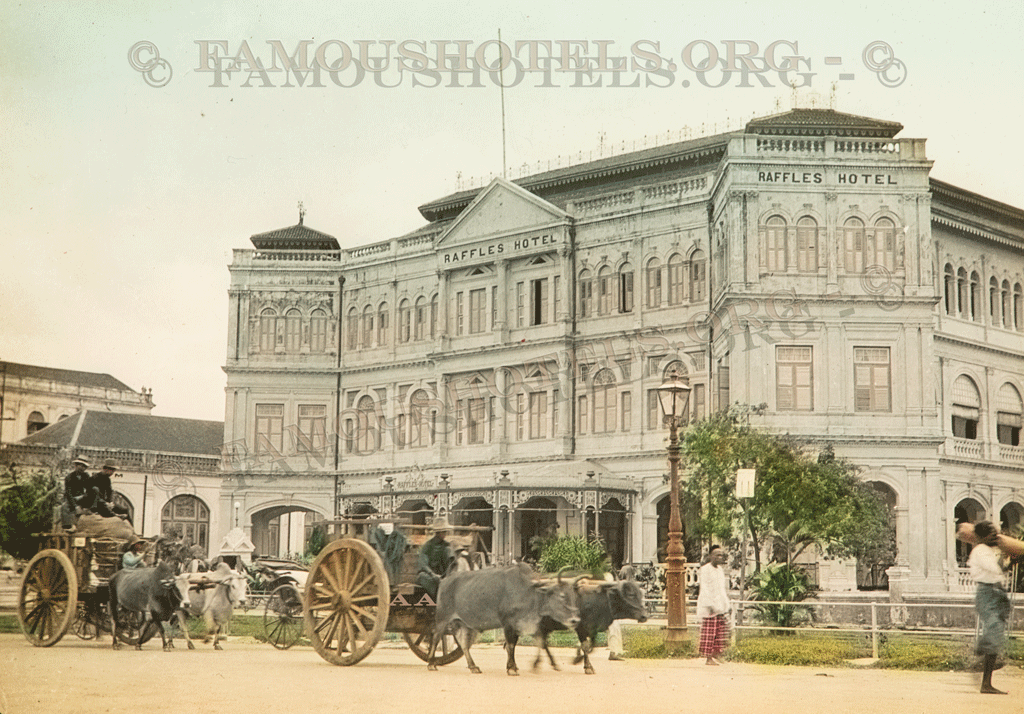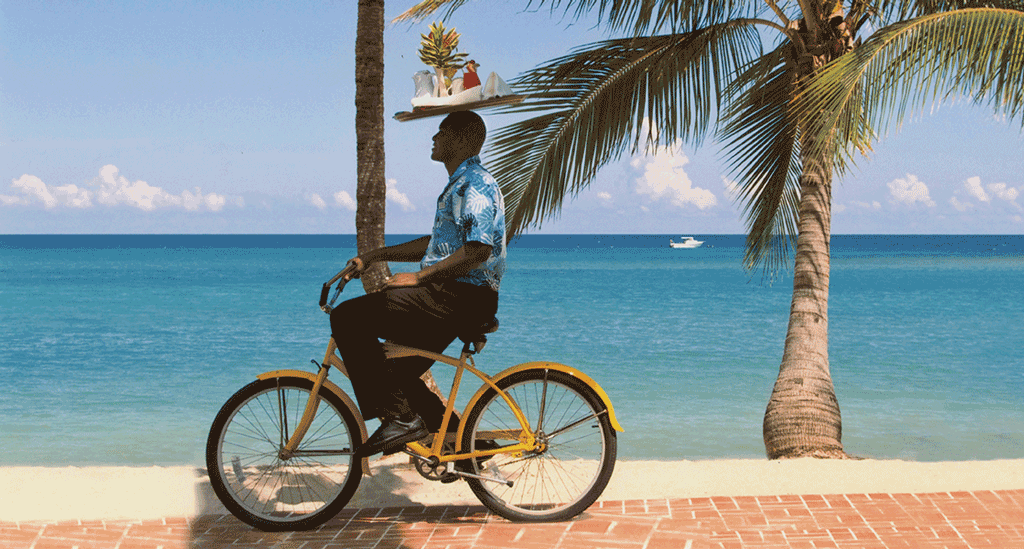Hotel business in the 19-20 century in China
( words)
The history of modern Chinese hospitality:
Part 1.
The hospitality we are talking about is linked to international tourism. International hotels came into being in China around the 1880s.
Beijing
The Huafeng is where the legendary Grand Hotel des Wagons-Lits once stood (not to be mistaken with the Grand Hotel Beijing, which came into being later). In the late 1880’s and early 1900’s, to receive a growing cosmopolitan clientele, the Compagnie des Wagons-Lits had built hotels like the Ghezireh Palace in Cairo, the Pera Palace in Constantinople, the Hôtel de la Plage in Ostend (Belgium), the Hôtel Terminus in Bordeaux and in Marseille, the Riviera Palace in Monte-Carlo and ... the Grand Hôtel des Wagons-Lits in Peking.
Its Palm Court became the model for many courtyards of that kind, found in many Western hotels built during and after that period. It was later called the Grand Hotel des Wagons-Lits Pekin and under the wings of the Hongkong and Shanghai Hotels Ltd. Dan Sweeney painted a classic poster for it. It does not exist any longer under this name.
History in brief:
1880s-1900: The Compagnie des Wagons-Lits built hotels like the Ghezireh Palace in Cairo, the Pera Palace in Constantinople, the Hôtel de la Plage in Ostend (Belgium), the Hôtels Terminus in Bordeaux and Marseille, and the Riviera Palace in Monte-Carlo.
1900: The foundation stones of the hotel were laid
1905: The company opens the Grand Hôtel des Wagons-Lits in Peking. The only hotel in the Legation Quarter, it was to accommodate travellers from Europe on the Trans-Siberian Express. A 1930s guidebook says the original building stood in a large garden ornamented by stone fishponds, sole relics of ancient imperial offices.
1915: The hotel's five-story red brick building was completed. Later known as the 'old building', this structure brought the hotel very brisk business.
1917: Prospering with good management and the booming tourism industry, the hotel received an investment boost of two million silver coins which added a seven-story French-style building (today's Building B). This new structure, which is now called the 'middle building', consisted of 105 suites furnished with central heating, telephone and toilet facilities, dining halls and kitchens, a hair saloon and a ballroom with a sprung floor. Otis brand elevators took guests to the bar and open-air terrace for dancing on the seventh floor. Foreign guests described it as the number one luxury hotel in the Far East. Its opening was attended by well over 800 distinguished guests who packed the lobby and dining halls.
1920s: The Thomas Cook Travel Agency set up an office in the hotel and rented the liner Franconia to ferry tourists to China. In those days, a model of the ship was displayed in the Western dining hall and a banquet with dancing would be thrown around the model for each group of new arrivals.
1922: The Hong Kong Hotel Company acquired 85 percent of the Shanghai Hotels Limited, which held 60 percent of the share capital of the Grand Hôtel des Wagons-Lits.
1937: The '1937 Incident' when Japan invaded China triggered a slump in business. The hotel was taken over by the Japanese during their occupation of Beijing.
1945: After World War II, the hotel was taken over by the municipal government of the Kuomingtang, after the war. Its business remained slack for the instability of society and the lack of foreign tourists.
1949: The People's Republic of China named Beijing its capital and offered the hotel a new lease of life. State and Diplomatic functions had to be held in a place with Chinese characteristics and high popularity
1954: Completion of a new wing.
1974: The old brick building was pulled down and a new 89-metre structure put in place. At the time it was the highest building in Beijing.
_____________
In its 1920s heyday, French Marshals Ferdin and Foch stayed at the hotel, as did British author George Bernard Shaw. Between the 1950s and the 1980s the hotel played host to visiting heads of State or government from about 50 countries, such as Nixon, Tanaka, Khrushchev, Sukarno, Ho Chi Minh and U Nu.
-----------------------
In the Twenties, gourmet parties, concerts and dances were often held, turning the hotel into a major venue of social contact for Chinese and foreign celebrities. Mr. Zhang Xueliang, the young marshal known for his bold action of detaining Chiang Kai-Shek and compelling him to resist the Japanese aggression in the 1930s, often came here to enjoy dancing with young Miss Zhao Yidi. A century-old Bösendorfer piano, kept to this day, recalls the hotel's glory of those days.
------
The hotel was also a site of important political events. General Feng Yuxiang, a Chinese patriot who staged the 'coup d'état of Beijing', and Dr. Sun Yat-Sen, founder of the Republic of China who came to Beijing to attend the 'National Assembly', once stayed here. The rooms they used are still kept to this day.
-------
_________
"It is located on the site of the famous Grand Hotel des Wagon-Lits, it's largely a bland midrange business hotel, and your room will have a firm bed, functional fixtures, a decent bathroom and a long counter to line up your souvenirs. Certainly in its favour is the neighbourhood, the former Foreign Legation Quarter. It's a pleasant district with broad tree-lined streets, wide sidewalks and a number of historic buildings. The train station is just a short distance away to the east, and Tiananmen Square is just to the west. For travellers coming or going, it's good and central." (Lonely Planet, Robert Kelly)
An eyewitness to the embryonic stage of the tourism industry in China is the Beijing Hotel (known as Grand Hotel de Pekin in the old days), which has been reputed as a 'living fossil' in the history of Chinese hotels. Sitting at the southern end of the Wangfujing Street, one of the busiest downtown areas in Beijing, and to the east of the Tiananmen Square in the heart of the city, the hotel consists of four structures of contrasting styles linked into a harmonious ensemble. It is a graphic illustration of the various stages of development of the hotel business in China.
The Grand Hotel Beijing is a joint venture between Dr. Henry Y.T.Fok (Hong Kong) and Beijing Tourism Administration. It situated neighbouring the Forbidden City and Tiananmen Square and facing to the Chang An Ave. It offers the perfect combination between tradition and modern comfort. The hotel is entirely furnished with a Chinese motif, its layout is unique and the atmosphere is graceful and cosy. All the furniture in the guest rooms is made of pear rose against a background of works of Chinese calligraphy and painting, which bring forth the essence of Oriental culture. While basking in nice surroundings, the Grand Hotel Beijing serves exquisite food of different styles. The hotel's catering service provides a wide spectrum of menus, which are update from time to time, drawing favourable comments.
Since it opened, the Grand Hotel Beijing have had many guests such as Former British Prime Minister Lady Margaret Thatcher, The Former German Chancellor, Dr. Helmut Kohl, Dr. Henry Kissinger, former US Secretary of State, Mr. Toshiki Kaifu, former Japanese Prime Minister etc. Many Chinese leaders and officers have attended the hotel to visit and attend activities. It wins the great reputation in the world for the best service.
The Grand Hotel Beijing ranks among the best as a member of the Leading Hotels of the World and the Small Luxury hotels of the World.





